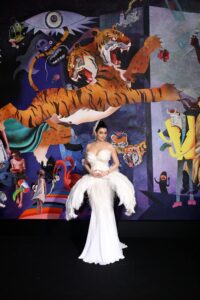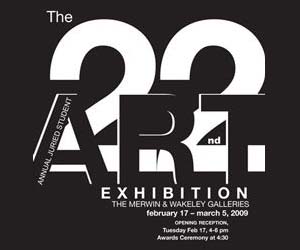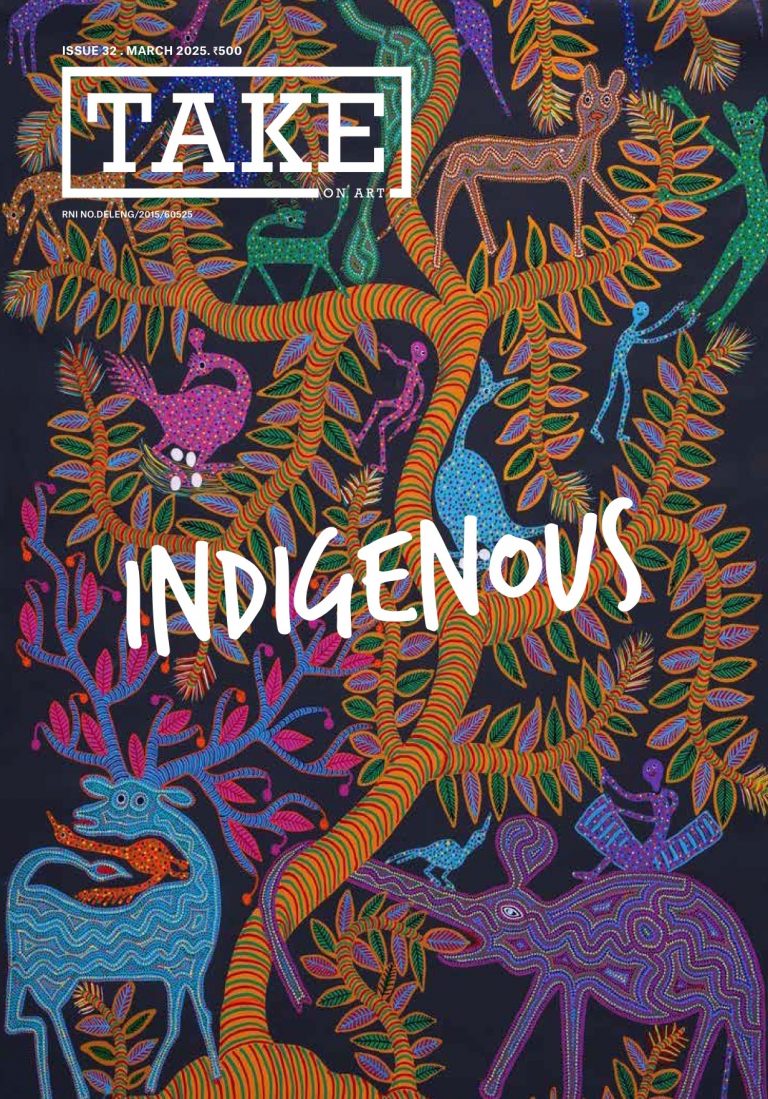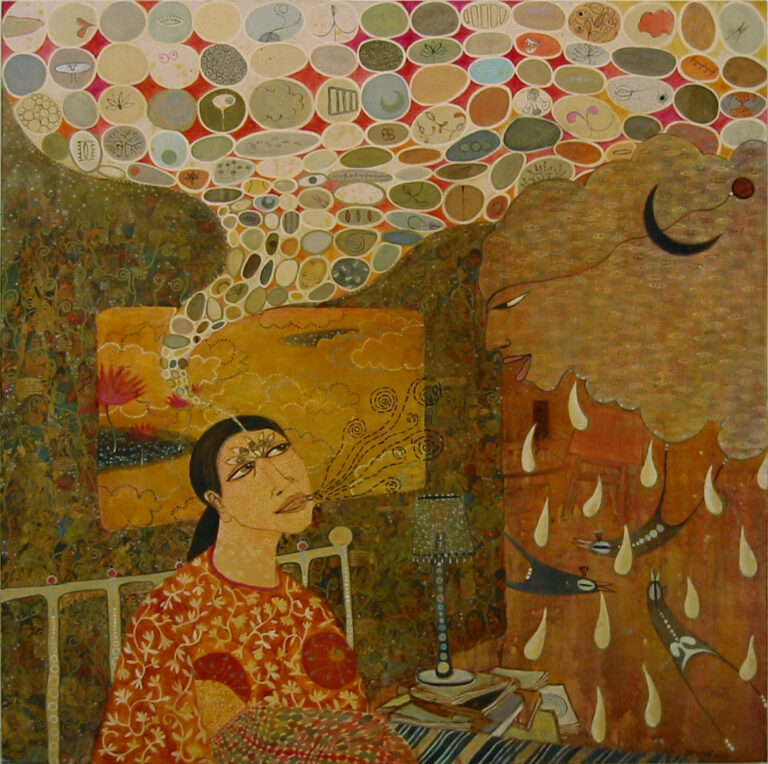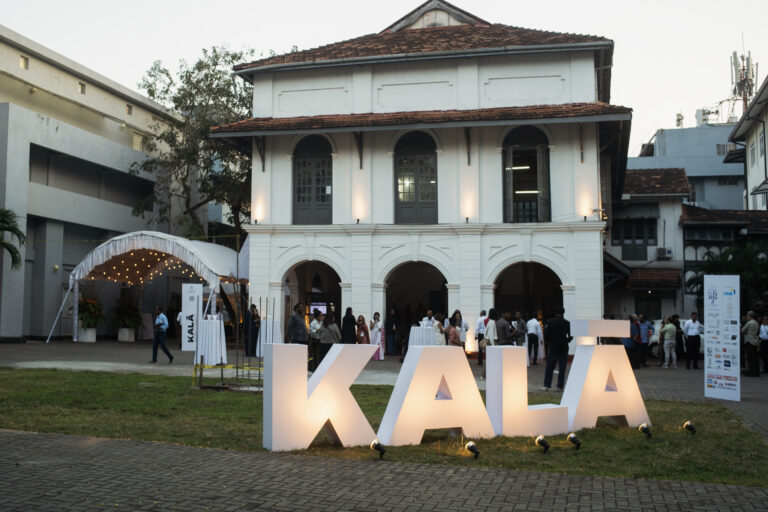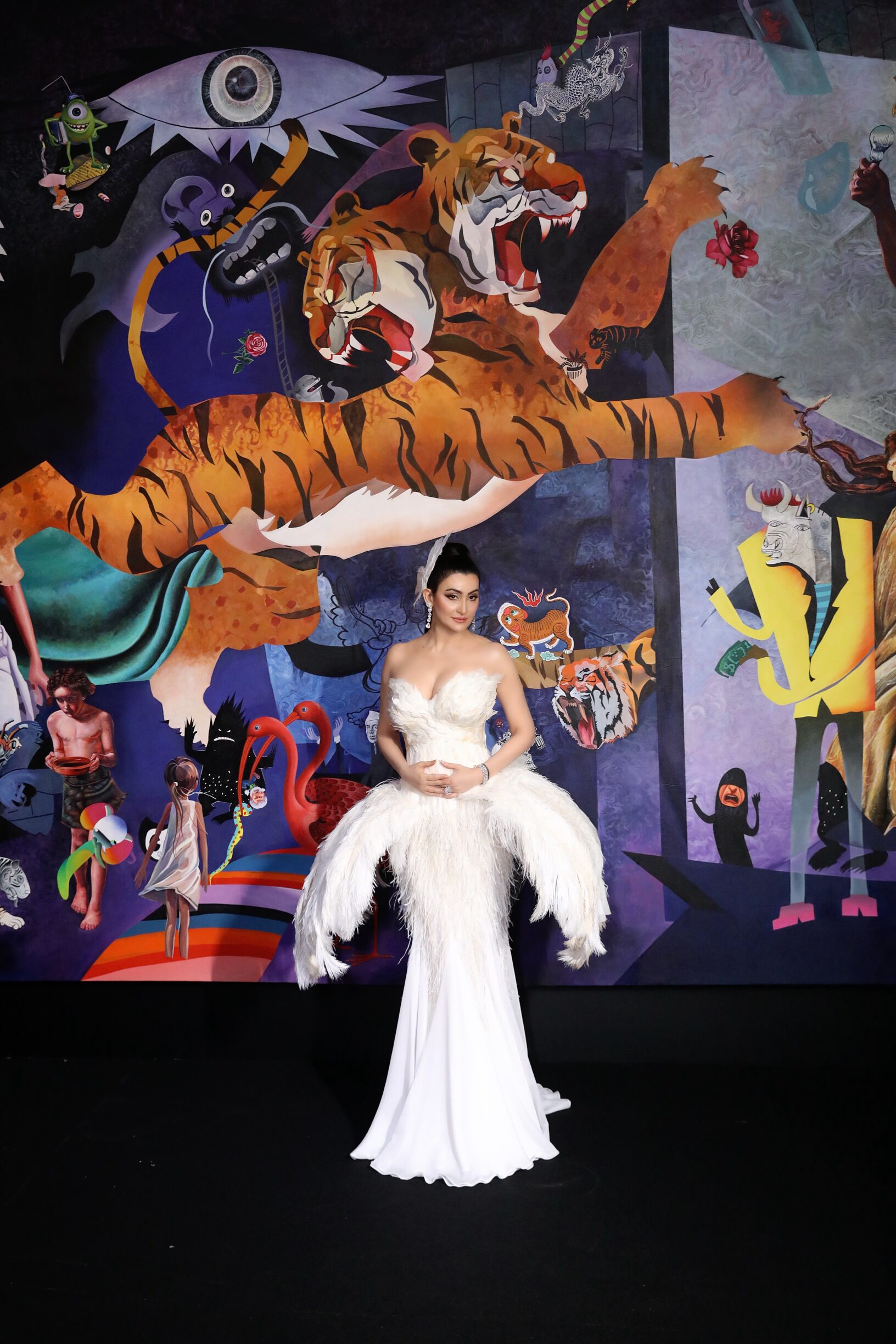
Shalini Passi at Mash Ball 2025, Mumbai
Bhavna Kakar (BK): Bollywood has long shaped India’s imagination of style. How does Fashion in Films and particularly the Bollywood lens, influence the way MASH Ball 2025 frames this year’s dialogue between cinema, fashion, and art?
Shalini Pass (SP): Bollywood has been the ultimate canvas for style and imagination since the very beginning. From the legendary Bhanu Athaiya’s pioneering costume designs in the 1950s to Manish Malhotra’s spectacular creations today, Indian cinema has shaped how we perceive glamour, elegance and self-expression. For the first edition of the MASH Ball in New Delhi, we drew inspiration directly from a painting, keeping the focus very art-centric and visual. This year, as we bring the second edition to Mumbai, the home of Bollywood, it felt natural to honour the incredible legacy of fashion in films.
To clarify, “Fashion in Films” serves as the dress code for the evening, rather than the overarching theme of the ball. The MASH Ball continues to be a dialogue between cinema, fashion and art: the three pillars that are beautifully interconnected. The dress code invites guests to celebrate the iconic cinematic moments that have shaped our collective imagination of style and to pay homage to Mumbai’s unparalleled contribution to fashion and visual storytelling.
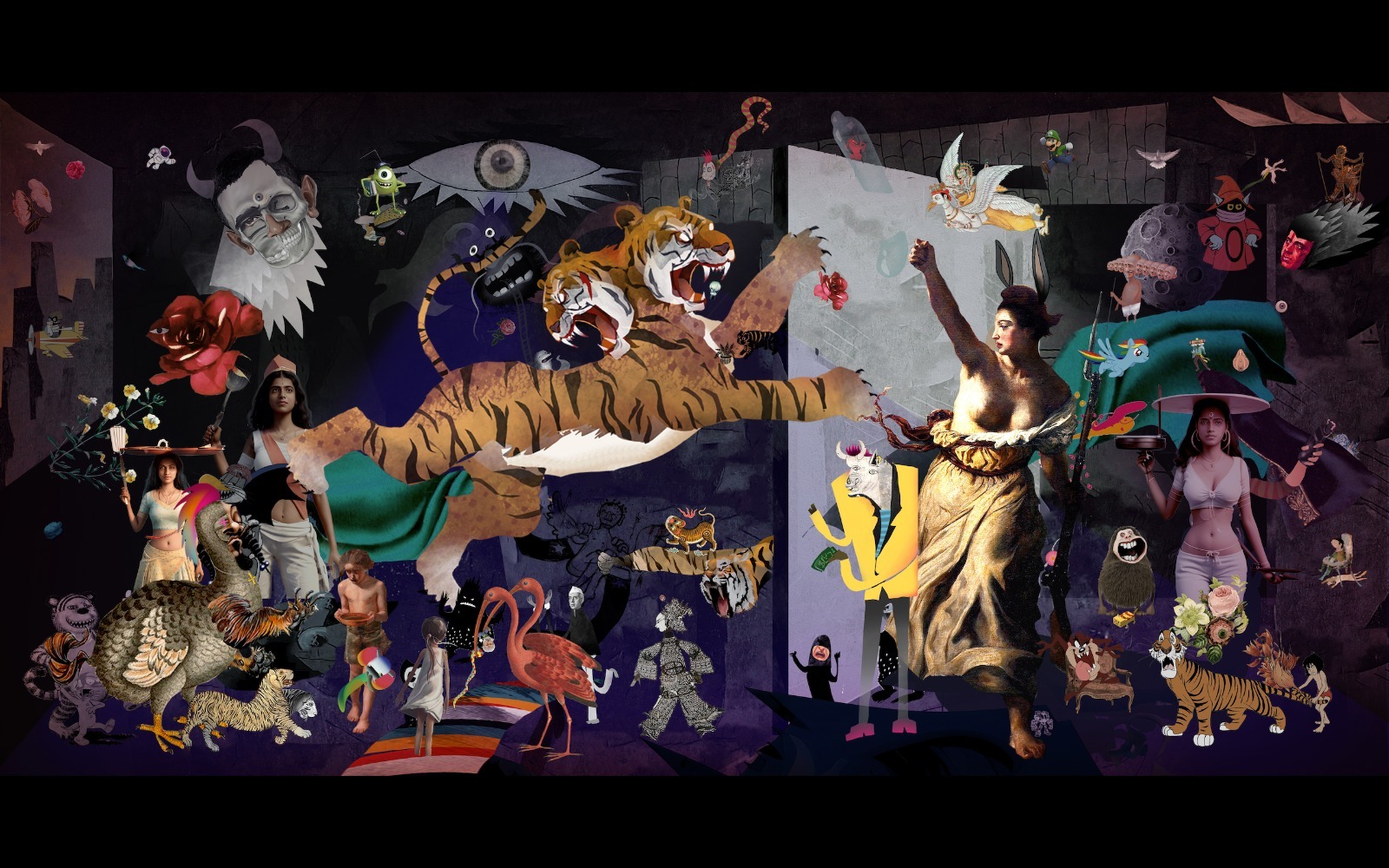
Raghava K. K., The Guernica Project
BK: The MASH Ball beautifully merges art, cinema and philanthropy. How do you envision this year’s theme expanding the dialogue between creative expression and humanitarian action?
SP: Cinema is one of the most powerful mediums of expression in the world, it reaches millions of people, transcends boundaries and speaks a universal language of emotion and storytelling. That is exactly why this year’s focus on fashion in films feels so significant for expanding our humanitarian dialogue. When we celebrated art through painting in our first edition, it was intimate and visual. But cinema and particularly Bollywood, has an unparalleled reach. It touches hearts across every corner of India and beyond. By anchoring this year’s MASH Ball in the world of film, we are tapping into a medium that already moves people, inspires them and creates cultural moments that stay with us forever.
This expanded reach is crucial for our partnership with UNICEF. The more people we can involve in this celebration, the more awareness we create and the greater our collective impact becomes. Fashion in films is not just about glamour, it is about the stories, the characters and the emotions that connect us all. When we harness that power for humanitarian action, we transform creative expression into real change. This year, we are turning celebration into action on a larger scale, using the language of cinema to invite more people into this important conversation about giving back.

Ryan Koopmans, Still from video art
BK: UNICEF India’s Art-Based Therapy and Early Childhood Development programmes are at the heart of this initiative. What role do you see art playing in not only raising funds but also reshaping narratives around children’s rights and well-being?
SP: Art has always been transformative for me and I have seen how powerful it can be for children. It is not just a form of expression: it is a language that moves beyond the world of words and trauma. Through UNICEF’s Art-Based Therapy programmes, we are giving children a voice when they may not have the words to express what they are feeling.
The MASH Ball does raise vital funds, but more importantly, it reshapes how we think about children’s well-being. Art makes children’s rights real and tangible. When a child expresses themselves creatively, they are healing, reclaiming their joy and building resilience. By bringing together India’s creative communities for this cause, we are establishing a new narrative: creativity is not a luxury for children, it is a fundamental right, essential for their emotional development and their ability to thrive. We are not just raising funds; we are raising consciousness about what children truly need.
BK: The Ball brings together artists, designers, industrialists and philanthropists under one roof. What synergies do you hope will emerge from this coming together of diverse worlds?
SP: When you bring together such diverse minds under one roof, something magical happens. Artists see the world through emotion and vision, designers through form and function, industrialists through innovation and scale, and philanthropists through impact and purpose. It is in these intersections that real change begins. I hope to see collaborations that extend beyond the evening, perhaps an industrialist discovering a new way to support the arts, or a designer partnering with an artist on purpose-driven work. But more than anything, I want this gathering to create a community of change makers who inspire each other. When people from different worlds witness each other’s passion for giving back, it creates a beautiful ripple effect. The MASH Ball is not just about one night of celebration, it is about building lasting relationships and sustained commitment to causes that matter. That is the synergy I dream of a collective force that continues to create impact long after the evening ends.
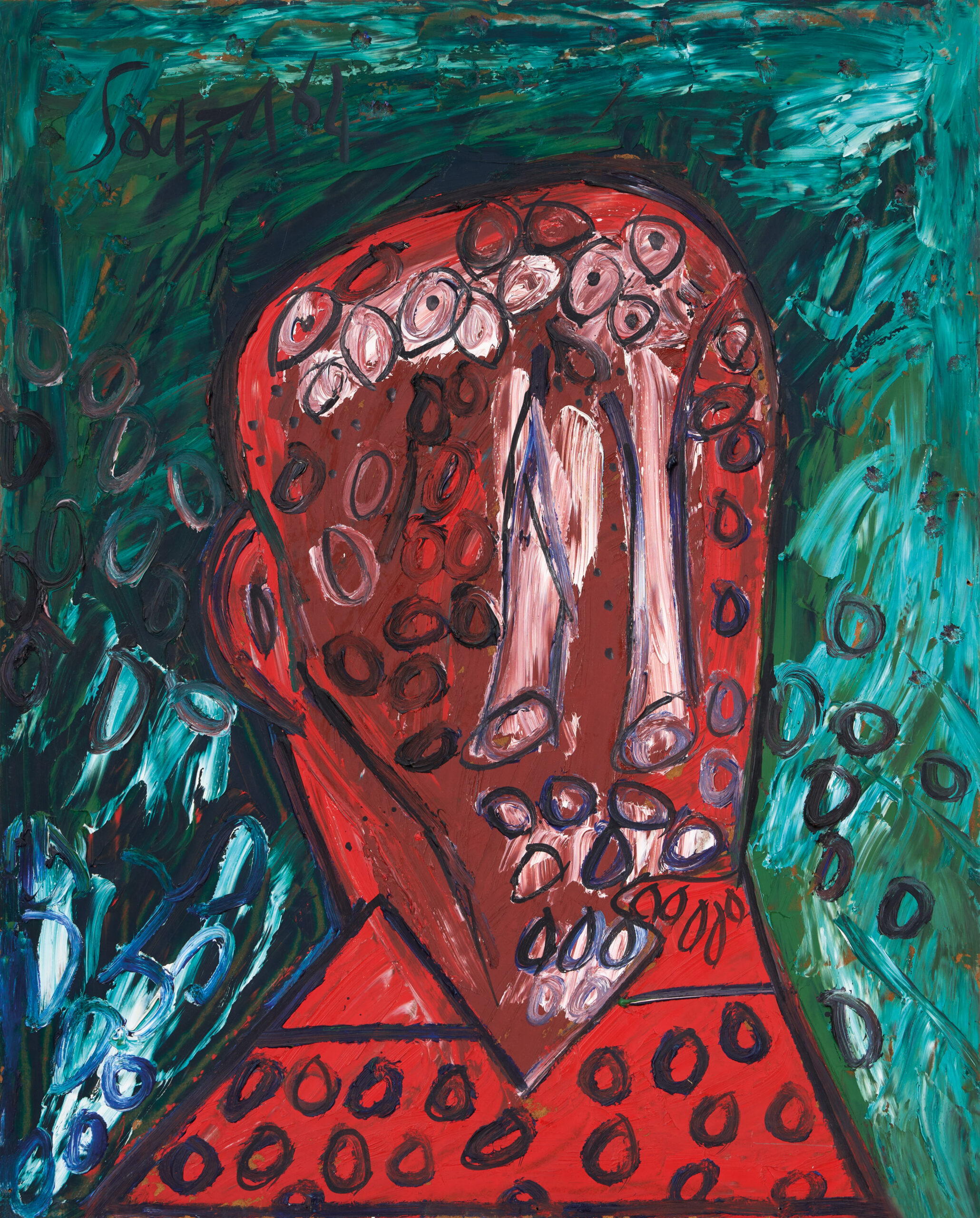
Francis Newton Souza , Untitled
BK: From your perspective, how can initiatives like the MASH Ball inspire younger generations of artists and patrons to engage with social responsibility through their creative practice?
SP: From my perspective, initiatives like the MASH Ball serve as powerful reminders that art and responsibility are deeply connected. Through platforms like SPAF and MASH, I have always encouraged young artists to see that creativity is not limited to self-expression alone, it can also foster empathy, spark dialogue and drive meaningful change. When young creators witness art being placed in service of a cause as vital as UNICEF’s work for children, they begin to understand that their own practice can be a force for society as well. I believe that if the next generation of artists and patrons feels that spark that their artistic voice can help shape a kinder, more responsible world they will carry this mindset forward. My role is to hold that space for them: to say, your creativity matters, your imagination has value and when you lend it to service, it becomes even more powerful.









